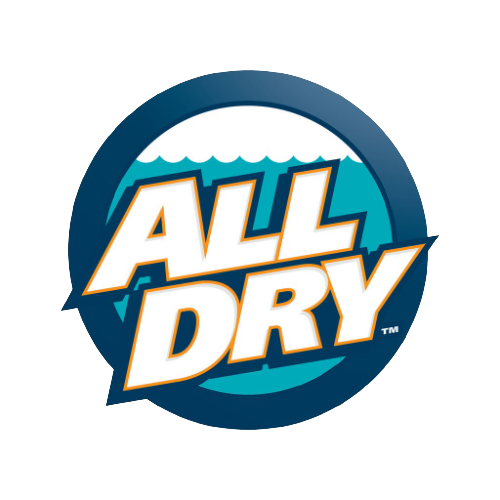
Experiencing a sewage backup in your home is not only distressing but can also be overwhelmingly challenging. Beyond the unpleasant odors and potential health hazards, sewage backups can inflict extensive water damage to your property. If you need immediate help with water damage clean up in Cinnaminson NJ call us now! In such critical situations, the key to minimizing damage and preventing further health risks lies in prompt and thorough cleanup. This article aims to guide you through the necessary steps for effective water damage cleanup after a sewage backup in your home.
Ensure Safety First
Prioritize safety before delving into the cleanup process. Turn off electricity and gas supply to the affected area to mitigate potential hazards. Don protective gear, including rubber gloves, boots, and a mask, to shield yourself from contaminants present in the sewage water.
Document the Damage
Before initiating the cleanup, document the affected areas through photos or videos. This documentation serves a dual purpose – aiding in insurance claims and creating a clear record of the extent of the damage.
Remove Standing Water
The initial step in water damage cleanup involves the removal of standing water. Utilize a wet/dry vacuum, pumps, or buckets to extract as much water as possible. Dispose of the contaminated water in compliance with local regulations.
Dispose of Contaminated Materials
Given that sewage water is highly contaminated and poses significant health risks, dispose of porous materials such as carpets, upholstery, and drywall that have been in contact with sewage. Non-porous items can often be salvaged after thorough cleaning and disinfection.
Clean and Disinfect
Once standing water and contaminated materials are removed, it’s imperative to clean and disinfect the affected areas thoroughly. Employ a mixture of water and a disinfectant to clean surfaces, walls, and floors, paying special attention to easily overlooked areas like corners and crevices.
Ventilate the Space
Facilitate a speedy drying process and reduce the risk of mold growth through proper ventilation. Open windows, use fans, and employ dehumidifiers to ensure thorough drying. In cases of extensive water damage, consider renting professional-grade drying equipment.
Inspect for Mold Growth
Mold can begin developing within 24-48 hours post-water damage. Keep a vigilant eye on affected areas and promptly address any signs of mold growth. Consult with a professional if mold infestation is extensive.
Repair and Restore
Following thorough cleaning, disinfection, and drying, shift focus to repairs. Replace damaged drywall, insulation, and flooring. Ensure thorough inspection and repair of electrical and plumbing systems by qualified professionals.
Addressing water damage post-sewage backup demands a methodical and prompt approach to minimize its impact on your home and health. While some cleanup tasks can be managed by homeowners, seeking professional assistance is advisable, especially in cases of extensive damage. Contact your insurance provider promptly to discuss coverage and initiate the claims process. By adhering to these steps, you can effectively restore your home and create a safer, healthier living environment.














